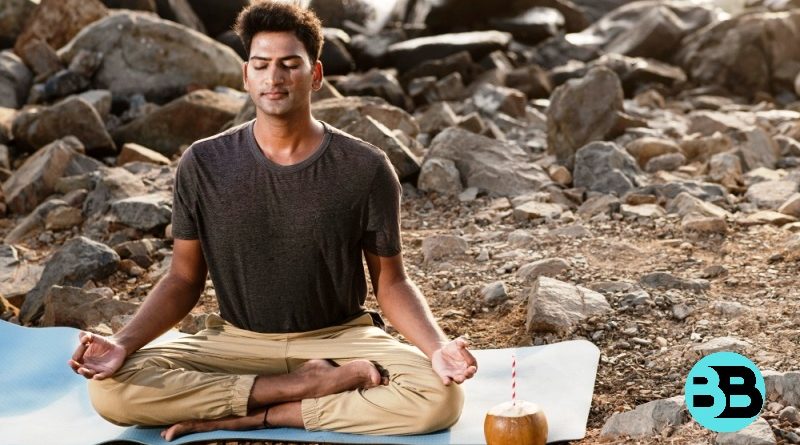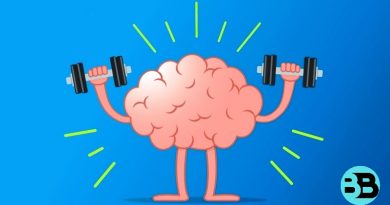Mastering Mindfulness Meditation: Techniques, Benefits, and Practical Tips
Mindfulness meditation is a transformative practice that involves paying attention to the present moment with openness and without judgment. This guide will delve into the core principles of mindfulness meditation, its wide-ranging benefits, and offer practical advice for integrating mindfulness into your daily routine.
What is Mindfulness Meditation?
Mindfulness meditation is a form of meditation that focuses on maintaining a moment-by-moment awareness of our thoughts, feelings, bodily sensations, and surrounding environment. It draws from Buddhist teachings but is widely used in secular contexts to promote well-being and mental clarity. The key aspect of mindfulness meditation is accepting whatever arises in your awareness at each moment without judgment.
Benefits of Mindfulness Meditation
Mindfulness meditation has been extensively studied and shown to offer numerous benefits, including:
- Reduced Stress: By fostering a non-judgmental awareness of the present, mindfulness helps to reduce stress and its physical impacts.
- Improved Mental Health: It can decrease symptoms of depression and anxiety, leading to better overall mental health.
- Enhanced Focus and Concentration: Regular practice improves attention span and cognitive performance.
- Better Emotional Regulation: Mindfulness helps individuals respond to emotional experiences with greater clarity and less reactivity.
- Improved Physical Health: Benefits include lowered blood pressure, improved sleep, and reduction in chronic pain.
- Greater Self-Awareness: It enhances self-awareness and self-acceptance, leading to a deeper understanding of oneself.
Mindfulness Meditation Techniques
Here are some fundamental techniques to help you start or deepen your mindfulness meditation practice:
- Breath Awareness: Focus on your breath as it flows in and out. Notice the sensation of the air entering and leaving your nostrils or the rise and fall of your chest.
- Body Scan: Mentally scan your body from head to toe, observing any sensations without trying to change them.
- Walking Meditation: Pay attention to the sensations of walking, such as the feeling of your feet touching the ground and the movement of your legs.
- Mindful Eating: Engage fully in the experience of eating, noticing the colors, smells, textures, and flavors of your food.
- Loving-Kindness Meditation: Cultivate feelings of compassion and love towards yourself and others by silently repeating phrases like “May I be happy, may I be healthy.”
Practical Tips for Practicing Mindfulness Meditation
- Start with Short Sessions: Begin with 5-10 minutes a day and gradually increase the duration as you become more comfortable.
- Choose a Regular Time and Place: Establish a routine by meditating at the same time and in the same place each day.
- Be Patient and Kind to Yourself: Mindfulness is a skill that develops over time. Be patient and gentle with yourself, especially when your mind wanders.
- Use Guided Meditations: If you’re new to mindfulness, guided meditations can provide structure and support.
- Incorporate Mindfulness into Daily Activities: Practice mindfulness during everyday activities such as brushing your teeth, washing dishes, or commuting.
Conclusion: Mindfulness meditation is a powerful practice that can bring about profound changes in your mental, emotional, and physical well-being. By cultivating a present-focused, non-judgmental awareness, you can navigate life’s challenges with greater ease and resilience. Begin your mindfulness journey today and unlock the numerous benefits this practice has to offer.
Read also:
4 Steps to Mastering Mindfulness
The Ultimate Guide to Meditation: Techniques, Benefits, and Tips for Beginners
Finding the Best Time and Space for Meditation: Optimal Conditions for a Deep Practice




